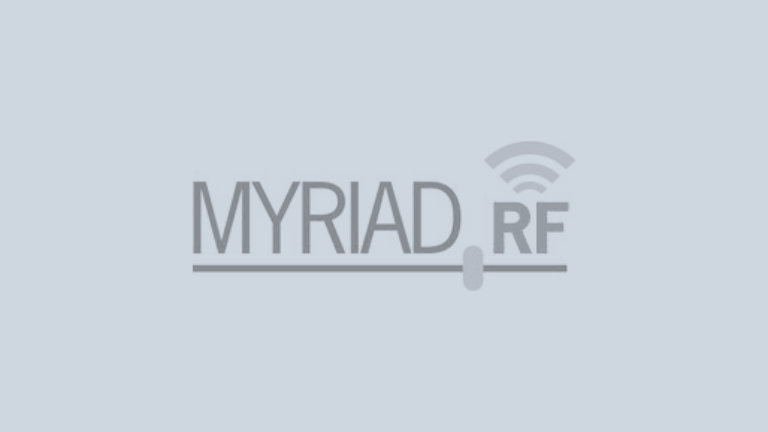Very exciting news indeed. A deal has just been completed that will take Myriad into universities across Europe.
The company that set up this open source hardware project has struck an agreement with the STFC’s Europractice project that will see Myriad RF brought to the research faculties and teaching labs in Europractice’s member establishments throughout the continent.
The official announcement is below:
Europractice, Lime Microsystems partnership takes flexible RF technology to universities across EU
Deal includes field programmable transceiver and open source hardware project, MyriadRF
24 May 2012, Guildford, UK: Universities and research establishments across the EU are set to gain access to the open source RF hardware platform, MyriadRF, and configurable transceiver technology following a deal between Lime Microsystems and Europractice, a project of the UK Science and Technology Facilities Council (STFC).
Under the terms of the deal, Europractice will promote Lime’s LMS6002D field programmable RF transceiver and associated boards for use in research and teaching of wireless technology to its member establishments throughout Europe. This will begin immediately.
The list of boards includes both Lime’s Universal Wireless Communications Toolkit and Azio’s Myriad RF-1, an open source board created for Lime’s non-profit MyriadRF initiative, which seeks to increase access to RF hardware -through low cost, easy to use boards – and advance wireless system innovation.
The products enable the creation of highly flexible wireless systems. The FPRFs are software configurable for all major wireless communication frequency bands (300 MHz to 3.8GHz) and standards (including LTE, HSPA+, CDMA and 2G).
“Many European universities are leaders in the field of wireless technology, and I believe that the Lime products will find numerous teaching and research applications”, said Dr. John McLean, Division Head, Microelectronics Support Centre. “The field programmable feature is especially attractive as it allows the reuse of the device in a teaching environment”.
Commenting on the new agreement, Ebrahim Bushehri, CEO of Lime Microsystem, said, “This is a significant endorsement for both Lime’s technology and the open source community of MyriadRF. More importantly, it helps bring many creative, brilliant minds to RF innovation and this can only be a good thing.”
Lime has sponsored an open-source website (www.myriadrf.org), with support forums, board designs, data sheets, FPRF configuration software and downloads for a growing number of projects.
FPRF ICs are highly user-programmable. In this way, they bear comparison with FPGAs, which can be used for implementing complex digital logic functions. In contrast, the FPRF comes from the wireless domain, and brings exciting new possibilities. By combining the FPRF with an FPGA, users have an even greater range of possibilities.
The Myriad-RF board can be easily connected to Altera and Xilinx boards. And Lime’s Universal Wireless Toolkit gives connectivity to Altera evaluation boards.
Access to both programmable RF and programmable logic opens up a world of new opportunities. The possibilities for using FPRF devices in university teaching and research include a wide range of cellular and “white space” applications.
For more information, visit the open-source web site located at https://myriadrf.losource.net/
+++ends
